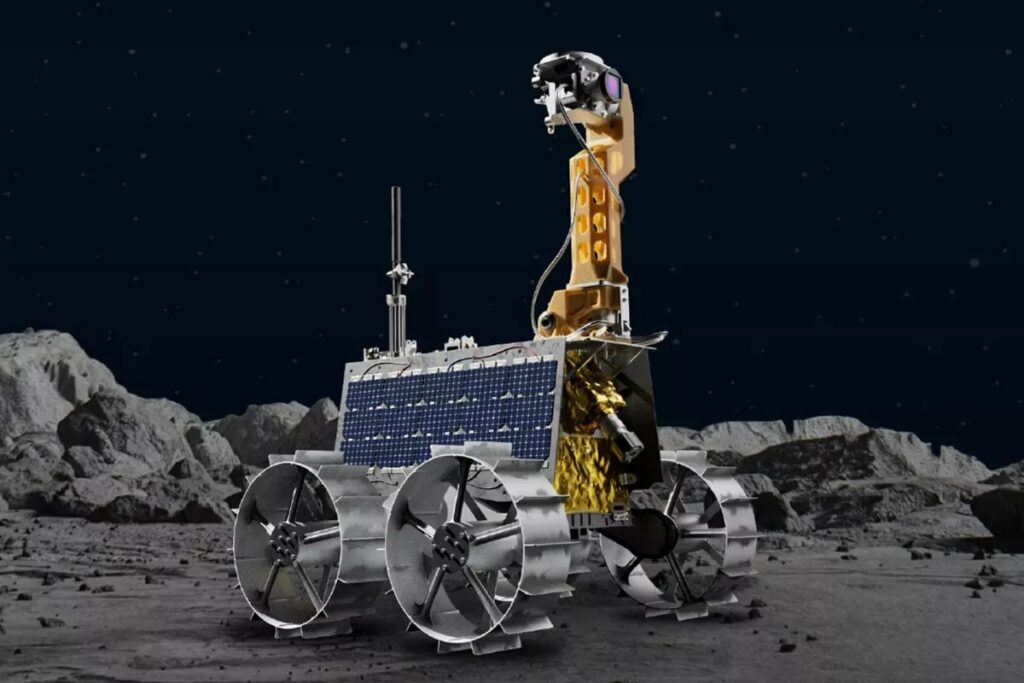On board the United Arab Emirates rover Rashid, an artificial intelligence created by the Canadian MCSS campaign is flying to the Moon. It will process the image before sending them to Earth.

Rashid Rover on the Moon
An artificial intelligence is flying to the Moon on board the Rashid rover built by the United Arab Emirates. It was developed by a Canadian company Mission Control Space Services (MSC). According to the CEO of this firm, Ewan Reid, it will become an important element of decision-making during this scientific mission.
Rashid was launched into space on December 11 by the same SpaceX rocket that sent the Japanese Hakuto-R spacecraft to our moon. Both of them are flying a rather slow economic orbit and should reach the Moon only in the spring.
It is expected that Rashid will be able to work on the surface of the Moon for one lunar day, which is 29 Earth days. The engineers didn’t design it to survive the moonlit night. But this time should be enough for it to demonstrate that artificial intelligence can make the exploration of other planets more efficient.
What will artificial intelligence do on the Moon
Canada’s activities in space are known primarily due to robotic systems, such as the Canadarm robotic arm installed on the International Space Station. Artificial intelligence on board the Rashid should demonstrate that small companies in the country, such as MCSS, can develop space exploration.
Since the energy resources on board the Rashid are extremely limited, it will not be able to transmit a huge number of images, which will then be viewed on Earth in search of something interesting. Instead, the artificial intelligence on board will immediately process the image, determining what type of surface each pixel represents on them.
Next, it will select images that are interesting for scientists and, with the participation of the Hakuto-R lander, will send them to Earth. And already there, scientists will make decisions where the lunar rover will move next. Scientists hope that in the future such systems will become common in interplanetary automatic missions.
According to www.space.com
Follow us on Twitter to get the most interesting space news in time
https://twitter.com/ust_magazine
